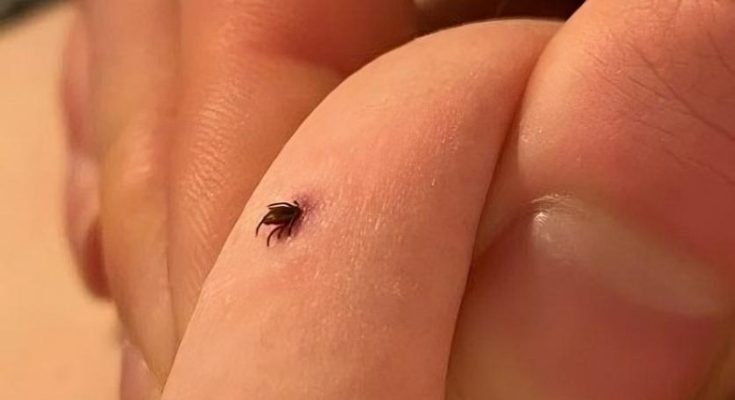
Ticks are small, blood-sucking parasites that can be found in forests, grasslands, and even in our own backyards. These unwelcome guests can pose a serious health risk, as they are known to transmit a variety of diseases, including Lyme disease, Rocky Mountain spotted fever, and tularemia. If you’ve discovered a tick in your home, it’s important to take swift and proper action to prevent the spread of disease and future infestations.

Identify the Tick:
The first step in handling a tick in your home is to identify the type of tick you’re dealing with. Not all tick species are equally dangerous, and knowing the specific type can help you determine the appropriate course of action. If you’re unsure, take a clear photo of the tick and consult with a medical professional or pest control expert for identification.
Remove the Tick:
Once you’ve identified the tick, the next step is to remove it from your skin or your pet’s skin. Use a pair of tweezers or a specialized tick removal tool to grasp the tick as close to the skin as possible. Gently pull the tick straight out, avoiding any twisting or squeezing motions that could cause the tick’s head to break off and remain in the skin.
Dispose of the Tick:
After removing the tick, it’s important to dispose of it properly. Place the tick in a sealed plastic bag or container and discard it in your outdoor garbage bin. Avoid crushing the tick with your fingers, as this can release disease-causing pathogens.
Clean the Area:
Once the tick has been removed, clean the affected area thoroughly with soap and water. You can also use rubbing alcohol or hydrogen peroxide to disinfect the area and prevent any potential infections or disease transmission.
Check for More Ticks:
Don’t stop at just removing the one tick you found. Thoroughly inspect your home, including carpets, bedding, and furniture, for any additional ticks that may have made their way inside. If you have pets, use a fine-toothed comb to check their fur for any attached ticks.
Prevent Future Infestations:
To prevent future tick infestations, it’s important to take proactive measures around your home. Keep your living spaces clean and free of clutter, seal any cracks or gaps in walls or the foundation, and use tick repellent on your pets. Regularly check both your family members and pets for ticks after spending time outdoors.
Ticks and Health Risks:
Ticks can transmit a variety of serious diseases, including Lyme disease, Rocky Mountain spotted fever, and tularemia. If you or a family member develop symptoms such as fever, rash, or muscle aches after a tick bite, seek medical attention immediately. Early detection and treatment are crucial for preventing the spread of tick-borne illnesses.

In conclusion, finding a tick in your home can be a stressful experience, but with the right knowledge and actions, you can effectively handle the situation and protect your family from the potential health risks. By identifying the tick, removing it safely, disposing of it properly, cleaning the affected area, and taking preventive measures, you can keep your home tick-free and reduce the risk of tick-borne diseases.



